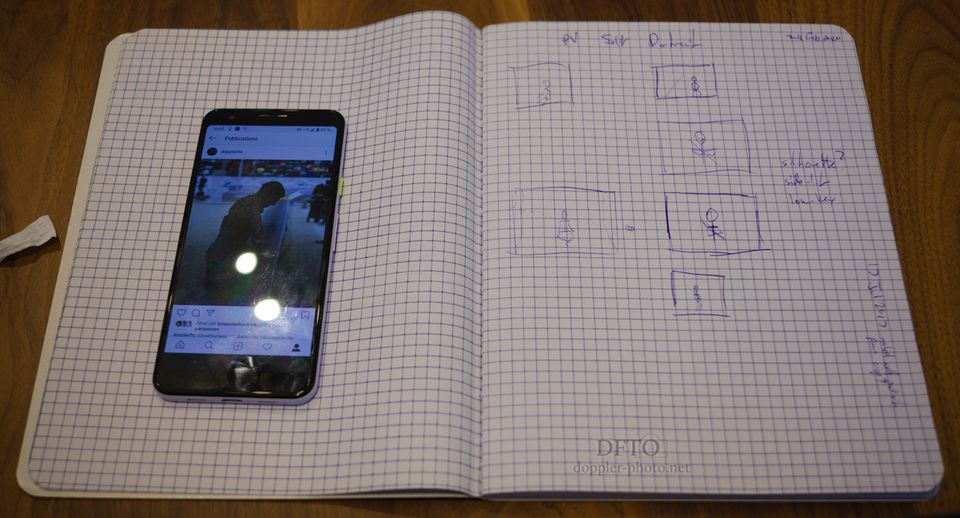
I mentioned last time that Singapore's "gleaming architecture, wondrous glass-covered skyscrapers, and spotless streets" felt as if they were devoid of humanity. When I got to downtown Melbourne, I again found myself surrounded by towers of metal and glass. But… this time it was different. This time, I could admire the dazzling architecture without feeling like I was losing my grip on reality. I could look up, but still feel my feet on the ground.
I'm still not entirely sure why, but I think it has a lot to do with space, and I think it has a lot to do with utility. Let me try to explain what I saw, and what I felt.
A bunch of the architecture in Singapore was exquisitely designed, but it felt so special as to seem otherworldly. Out-of-place. It felt like a mystical wonderland that you would visit, but that didn't seem to have as much connection with where and how people actually lived. You would look around, and you would see works of art that placed form before function, even though they did still function.
When I looked towards the sky in the Melbourne central business district (CBD; basically, "downtown"), the trappings of everyday life remained in view. And they fit into the place. The angles of the street lamp fixtures matched the angular design of the buildings. The towering heights of the skyscrapers were echoed in the way that the netting of a play area also reached towards the sky. It felt like design was… an everyday thing. Like the difference between a beautiful sculpture and a nicely sculpted fork. They might both be works of art, but you observe one from afar, and you use the other one every single day.
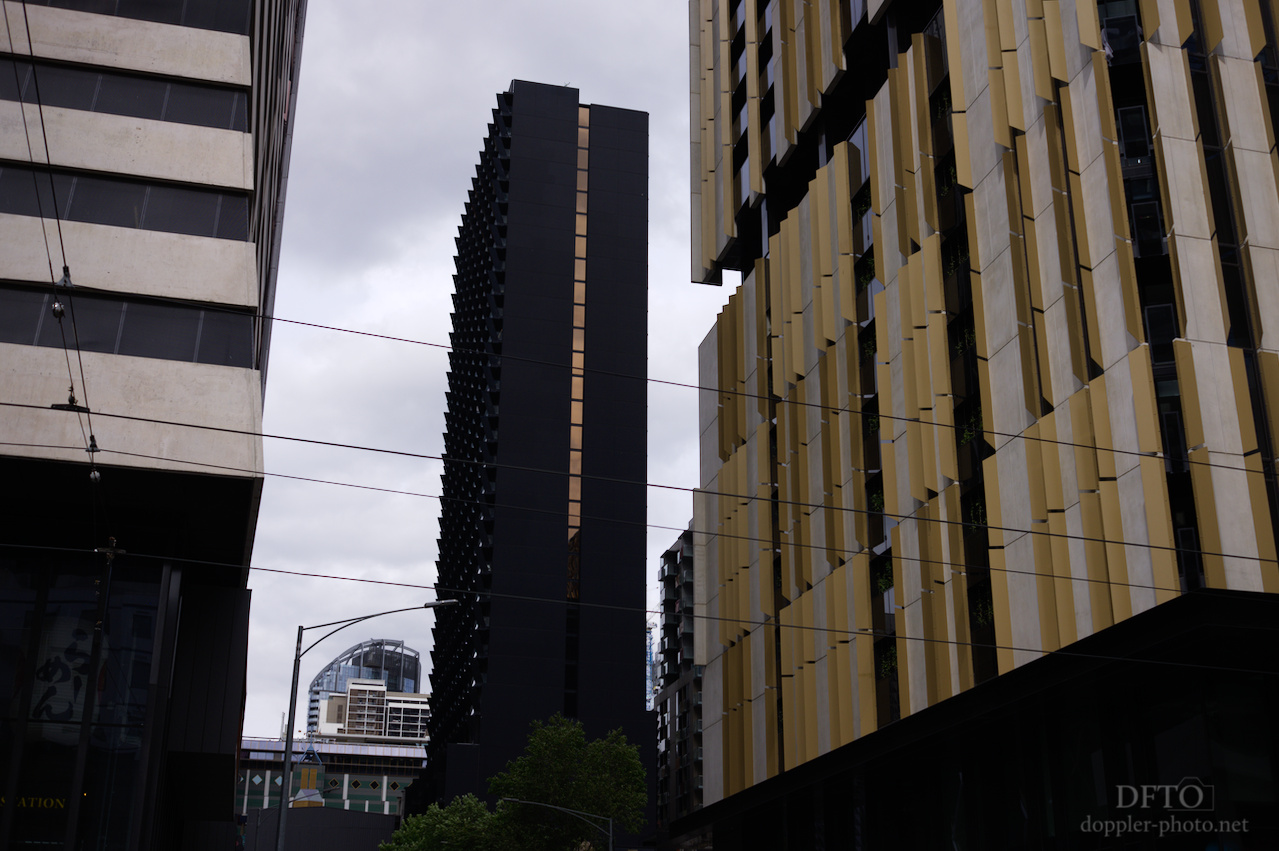
Y'all know I love infrastructure, and there was something about the array of function-oriented pieces of infrastructure that seemed to Just Fit as well. Somehow, the high-voltage cables for the municipal light rail helped me to appreciate the angular buildings that seemed like they sprouted up all over the place.
And… I think that's part of it too. When you have the physical space for more tall buildings, you also end up with the metaphysical space for architects to try different things. To explore. You end up getting buildings that are more coherent than they were in Singapore, which makes it easier to appreciate the juxtaposition of design nuances that they present.
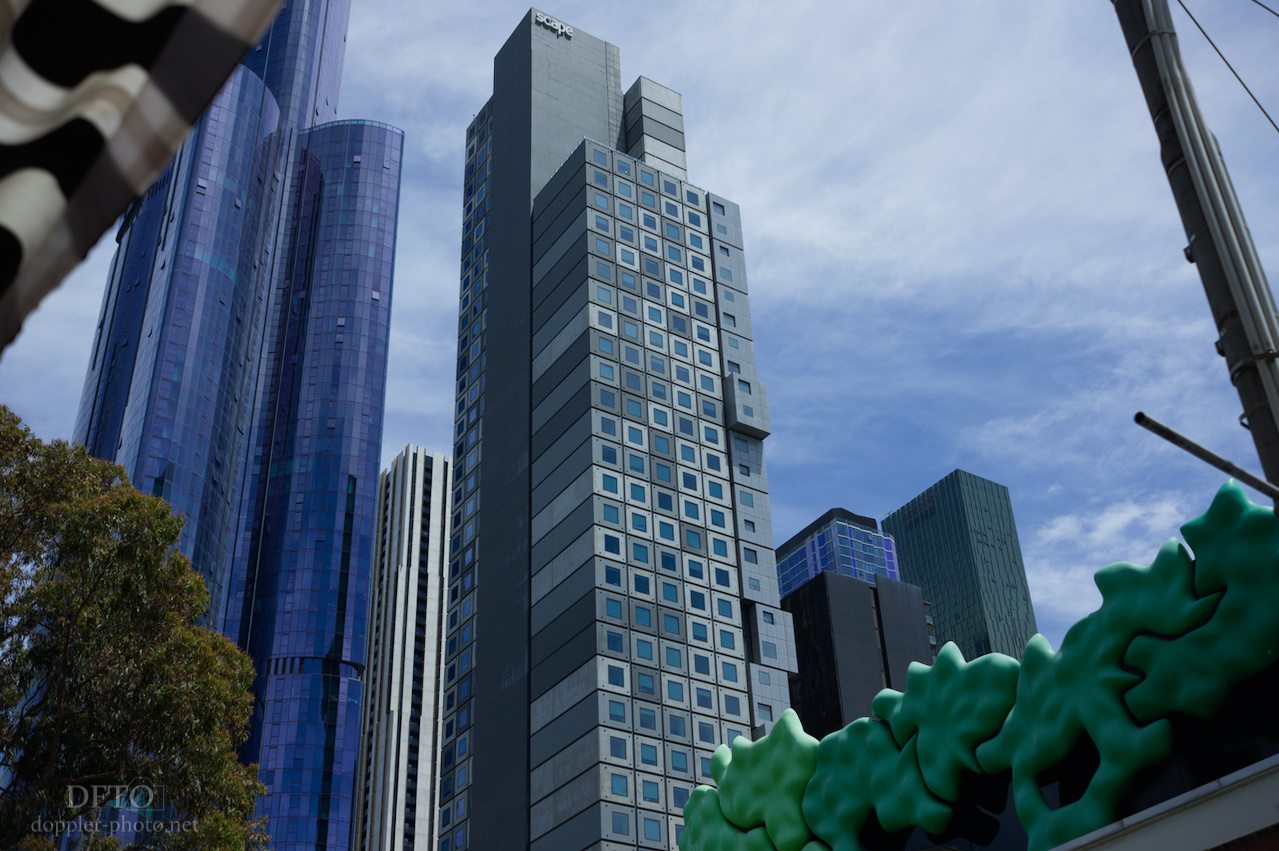
Plus you get sharper contrasts between buildings that live in completely different parts of the skyscraper design space.
Angles versus curves.
Serious versus witty.
Sky-high versus somewhat more down-to-earth.
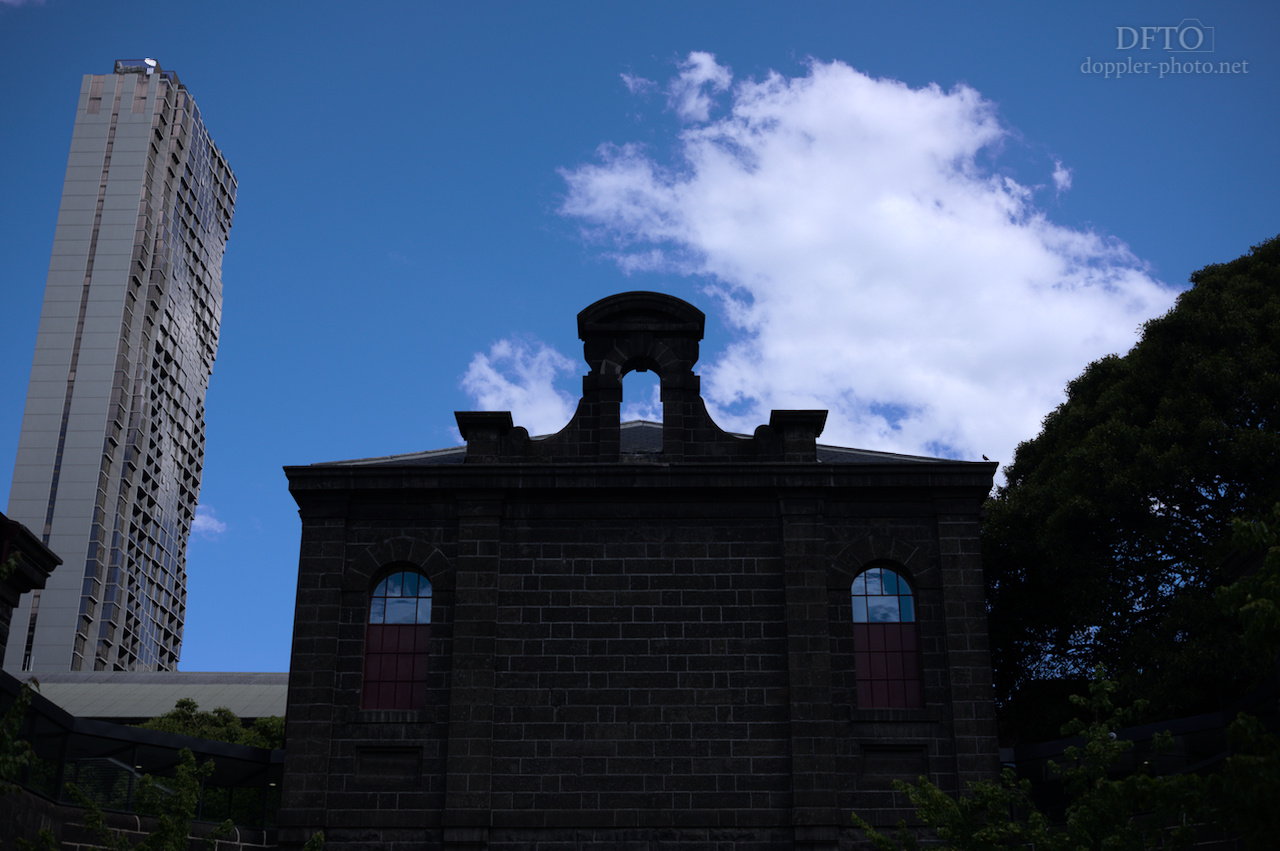
Even old versus new. I loved how the architecture and infrastructure in Melbourne transported me through space and time. It showed me different contemporary approaches to buildings, as well as the historic forebears of some of Melbourne's design.
Maybe bricks turned into windows, and the curves of a roof ornament lead to a wave of glass across the facade, but both buildings are looking to the sky.
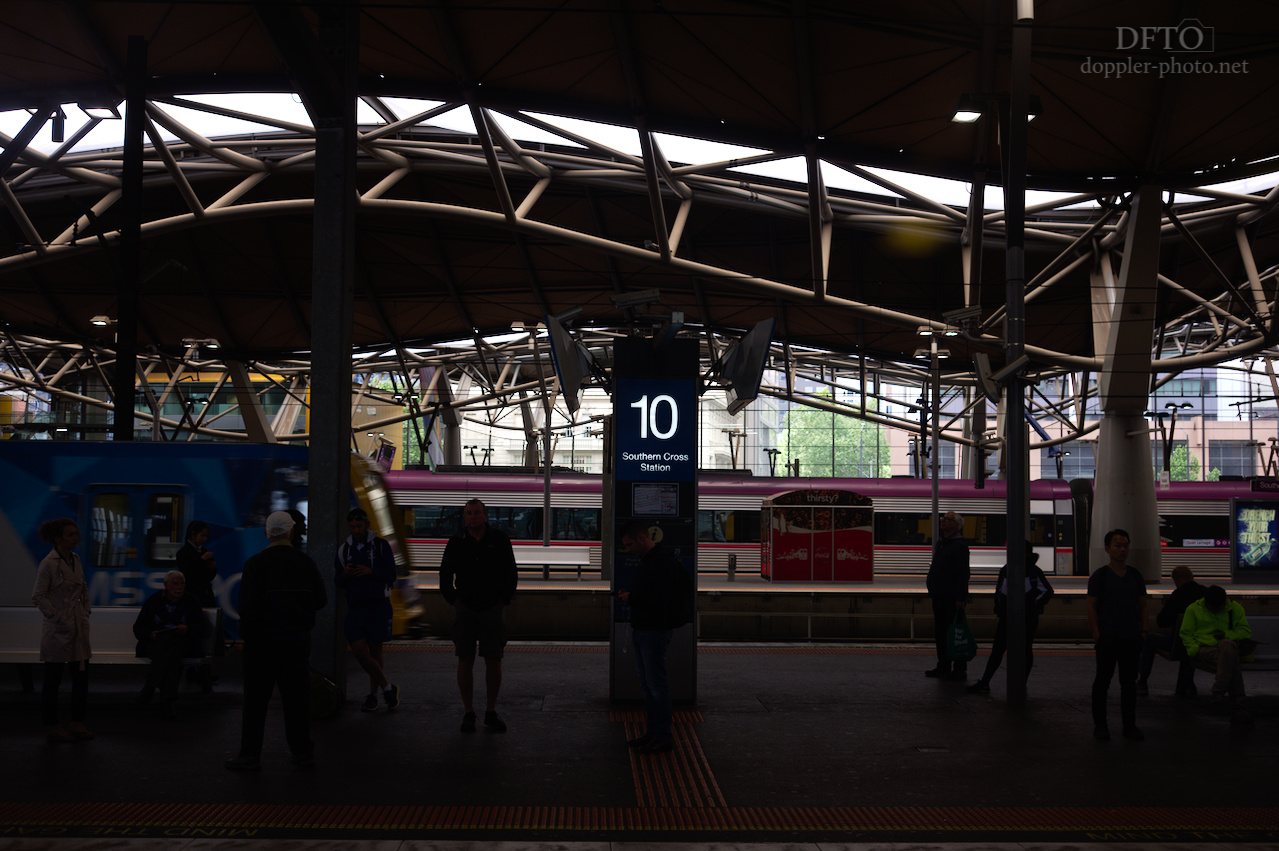
That feeling of movement continued, metaphorically and literally, with the train system. Light rail and commuter rail in a single station. The echoes and juxtapositions of lines of transportation repeated in the curves and lines of the station design. Architecture that finally felt human-focused.
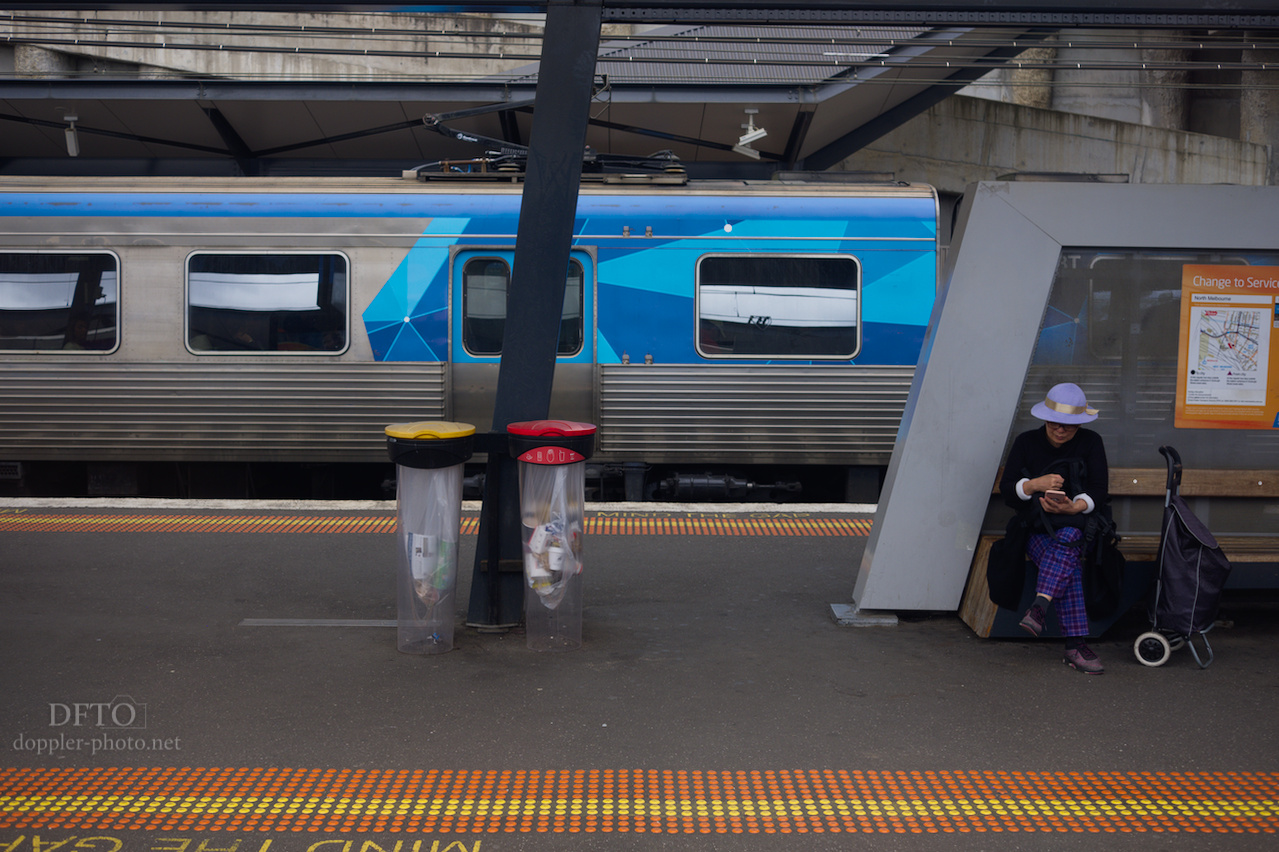
That felt lived-in.
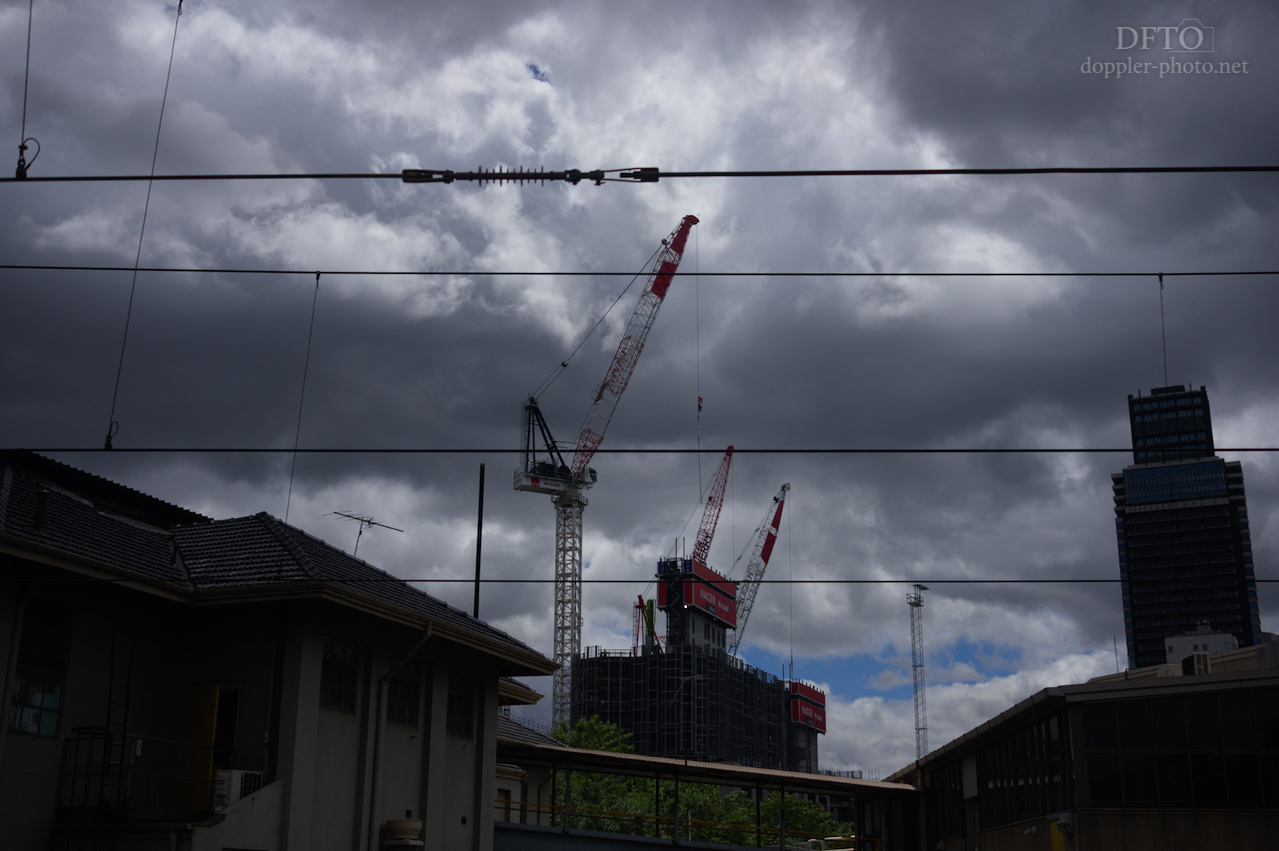
The movement continued with the near-constant construction. Everywhere you turned. Everywhere you looked. I mentioned how the juxtaposition of building designs felt like they transported me through time. It felt like the ever-present construction cranes showed me how it happened. As if their presence illustrated the story of change. Regardless of whether they dominated the skyline (with echoes in the surrounding infrastructure)…
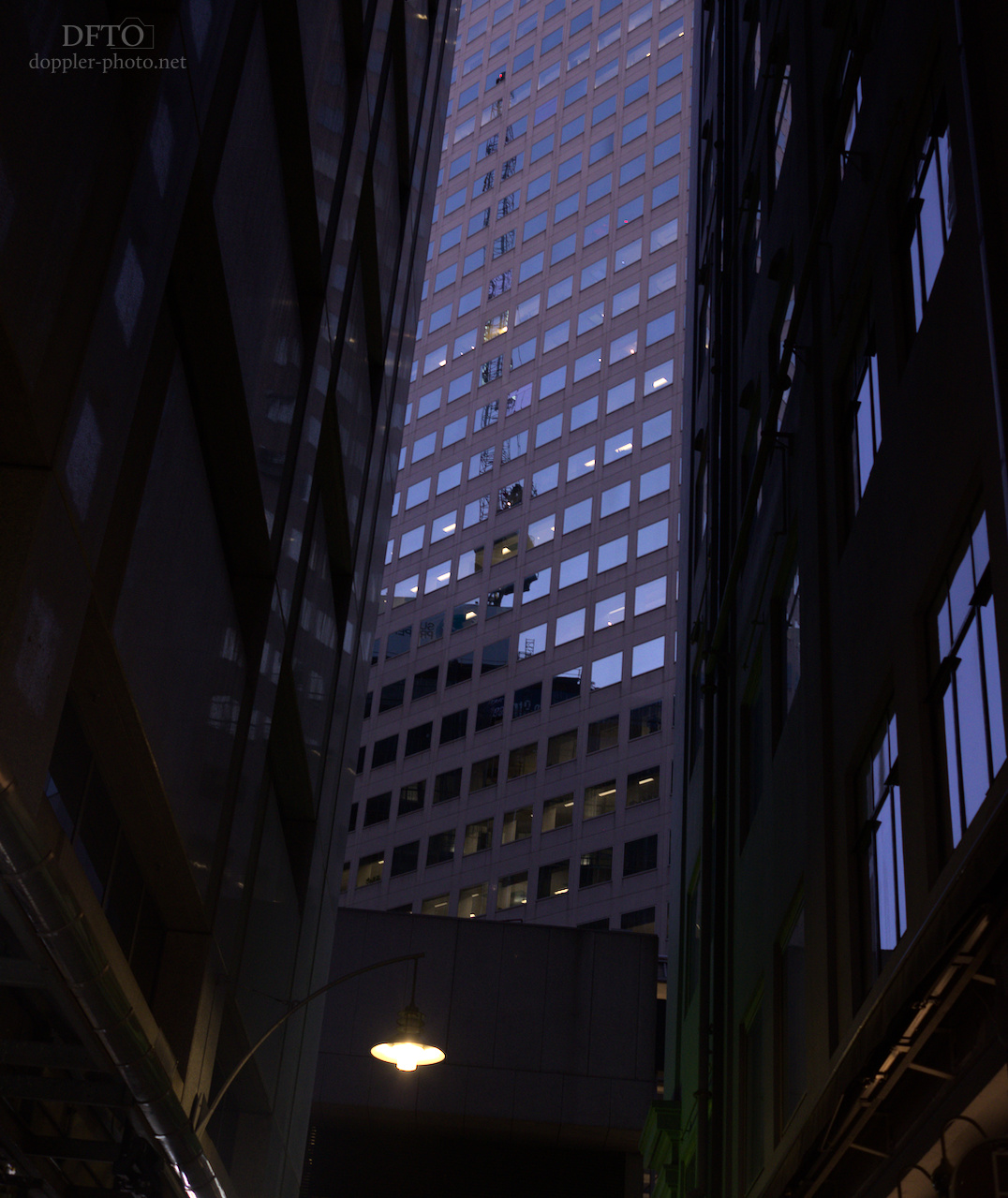
Or whether the cranes, themselves, were the echo.

I found so much beauty in the diversity of Melbourne's architecture. Above ground and below. Old and new. Angular and curved. Glass, metal, brick, tile, and so much more.
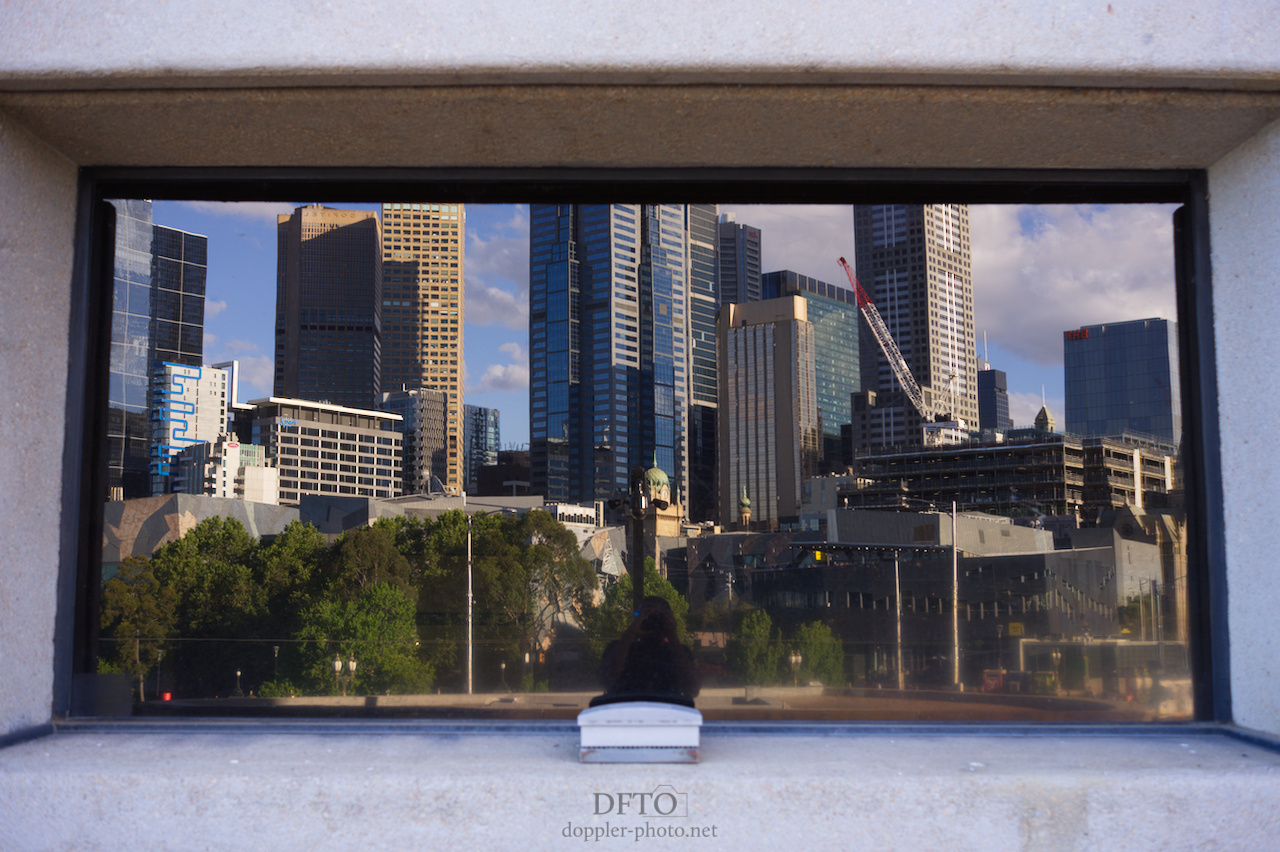
Melbourne moved me. It moved me through time. It moved me through space. It moved me through contrasts and echoes, juxtapositions and similarities. It whisked me away and changed me in ways that I've only started to discover.
I can't wait for the discoveries to continue.

![[Doc Diaries] The Truth and Beauty of Diversity](/content/images/size/w960/migrated_images/2020/07/doc-diaries-truth-and-beauty-of/xt2_9628.jpg)

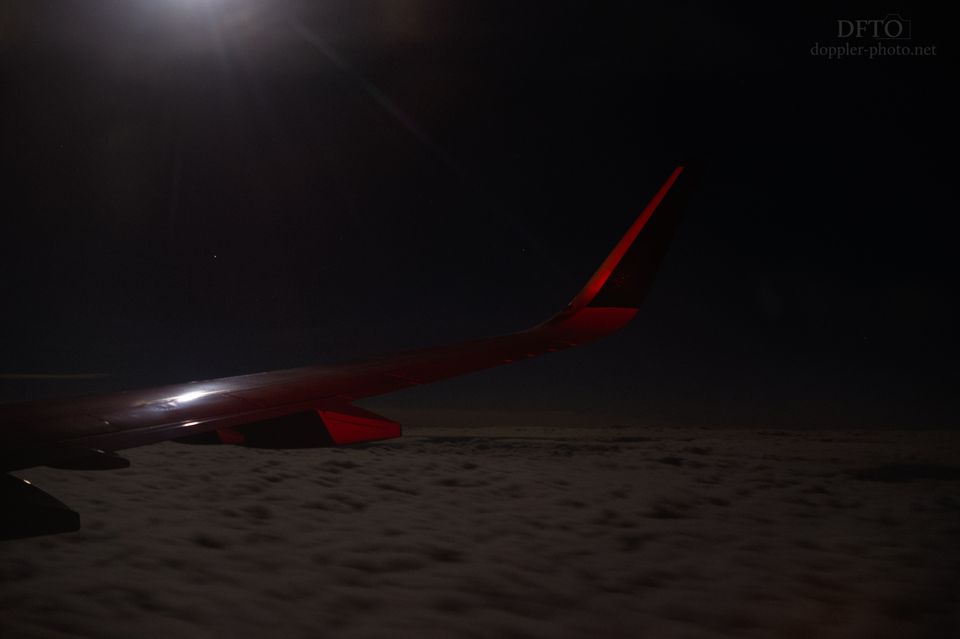
![[Doc Diaries] The Big Leagues](/content/images/size/w960/migrated_images/2021/04/doc-diaries-big-leagues/710_3349.jpg)
